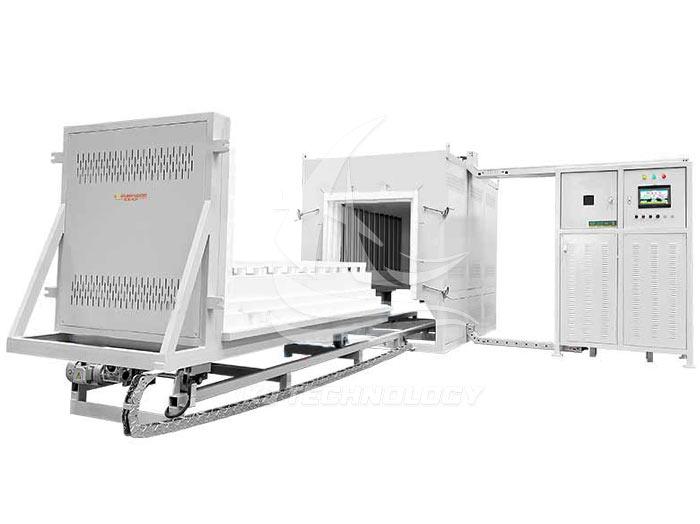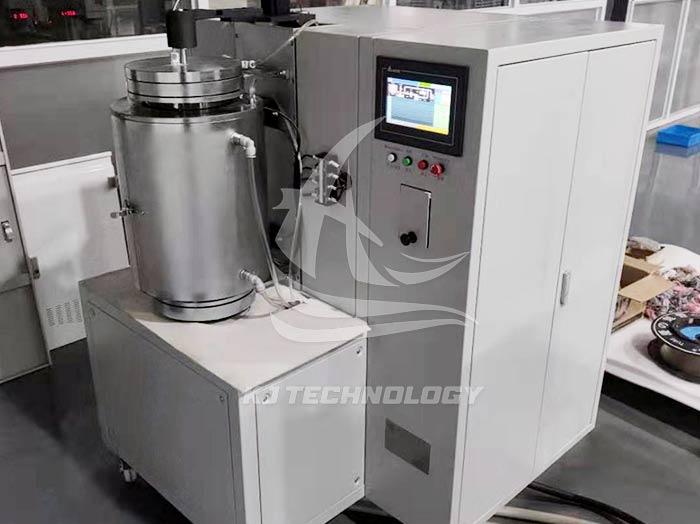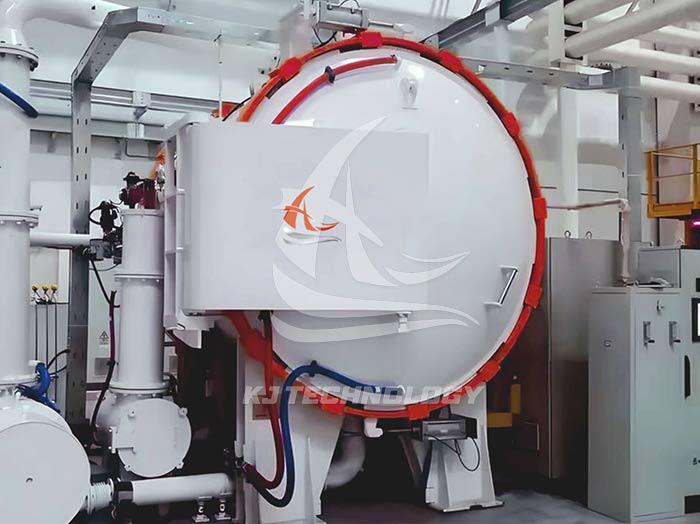How to choose annealing temperature for vacuum annealing furnace?
 05-15-2025 Author: KJ technology
05-15-2025 Author: KJ technology
The selection of annealing temperature for vacuum annealing furnace requires comprehensive consideration of multiple factors such as material type, process objectives, equipment performance, safety regulations, and cost-effectiveness. The following is a specific analysis:
1. Clearly define the material type and its characteristics
Metal types: Different metal materials have different heat treatment characteristics, such as steel, copper, aluminum, titanium, etc., and their annealing temperature ranges are different.
Alloy composition: The type and content of elements in the alloy will affect the selection of annealing temperature. For example, certain alloying elements may increase or decrease the annealing temperature of the material.
Material state: The original state of the material (such as cast, forged, rolled, etc.) also affects the selection of annealing temperature.
2. Determine process objectives
Stress relief: If the purpose is to eliminate residual stress inside the material, the annealing temperature is usually chosen below the recrystallization temperature of the material to avoid structural changes.
Improving processing performance: In order to improve the cutting performance or plasticity of materials, the annealing temperature may need to be selected near or slightly higher than the recrystallization temperature to promote grain recrystallization and refinement.
Obtaining specific organization: If a specific organizational structure (such as pearlite, ferrite, etc.) is required, the annealing temperature needs to be determined based on the phase diagram.
3. Consider the performance of vacuum annealing furnaces
Temperature range: Ensure that the selected annealing temperature is within the heating temperature range of the vacuum annealing furnace.
Temperature uniformity: Choose a vacuum annealing furnace with good temperature uniformity to ensure consistent heat treatment effects on all parts of the workpiece.
Temperature control accuracy: A high-precision temperature control system can ensure the accuracy and stability of annealing temperature.
4. Refer to relevant standards and specifications
Industry standards: Refer to relevant industry standards or specifications to understand the recommended annealing temperature range for specific materials or processes.
Manufacturer's suggestion: Consult the manufacturer or material supplier of the vacuum annealing furnace to obtain annealing temperature recommendations for specific materials and processes.
5. Conduct experiments and verification
Small batch experiment: Conduct small batch experiments before large-scale production to determine the optimal annealing temperature.
Performance testing: Conduct performance testing on the tested workpiece (such as hardness, toughness, microstructure, etc.) to verify whether the selection of annealing temperature is reasonable.
6. Consider safety and economic factors
Safety regulations: Ensure that the selected annealing temperature complies with safety regulations to avoid safety accidents such as fires and explosions.
Cost effectiveness: Select the annealing temperature with the highest cost-effectiveness while meeting the process requirements.








